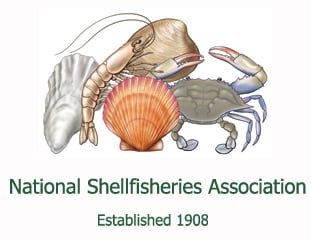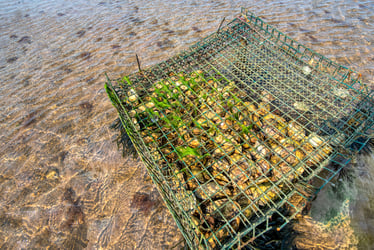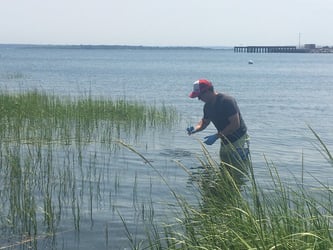Whether monitoring for harmful algae blooms (HABs), assessing the food supply for filter-feeding bivalves, or determining the health and viability of shellfish larvae in aquaculture operations, shellfish managers have traditionally relied on the tedious and time-consuming practice of manual microscopy. With the advent of Flow Imaging Microscopy, via FlowCam, they can now analyze water samples significantly faster than before.
Since its introduction in 1999, FlowCam has become a valued instrument for rapidly analyzing plankton populations and other marine life. More than 1000 FlowCam instruments are used in 50+ countries to identify, count, and measure phytoplankton, zooplankton, and other microscopic particles.
In 2018, Dauphin Island Sea Lab performed a study using oyster larvae from the Mobile Bay - Mississippi Sound system off the coast of Alabama. There have been concerted efforts to reestablish a flourishing population of oysters and oyster reefs in this area as part of an initiative to protect the shoreline and save the population from rapid decline. An important piece of this puzzle is tracking larval transport from birth to adult settlements. The aim of this study was to establish a method to track these larvae migrations.
Twenty-two million larvae were released at both high- and low-salinity locations to test and compare two different methods of detection upon recapture: fluorescent microscopy and FlowCam. It was found that although both methods worked well at identifying the calcein-stained larvae (traditional microscopy had a higher detection capacity), FlowCam was more efficient and practical for this application. Ultimately, it was determined that "...FlowCam was the most viable option for detecting large-volume, high-background field sampling". [Gancel, H.N., Carmichael, R.H., Park, K. et al. Field Mark-Recapture of Calcein-Stained Larval Oysters (Crassostrea virginica) in a Freshwater-Dominated Estuary. Estuaries and Coasts 42, 1558-1569 (2019)]
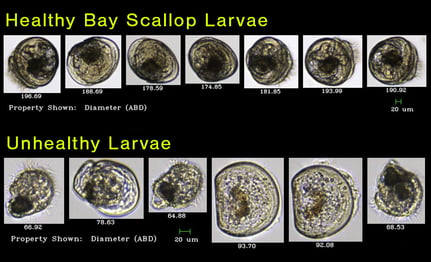 For the farmer, FlowCam can be used for HAB monitoring and evaluating the productivity and plankton availability for shellfish food supply when performing site evaluations. Samples can be analyzed in less than 10 minutes, providing immediate feedback to the farmer so that corrective action can be taken should it be warranted.
For the farmer, FlowCam can be used for HAB monitoring and evaluating the productivity and plankton availability for shellfish food supply when performing site evaluations. Samples can be analyzed in less than 10 minutes, providing immediate feedback to the farmer so that corrective action can be taken should it be warranted.
In the hatchery, FlowCam has many uses. The instrument can be used to keep track of the health of the larvae simply by looking at high-resolution images. Shell abnormalities can be quickly assessed. When determining the live/dead larvae ratio, the vital stain Neutral Red can be easily added to the samples. Live larvae pick up the stain allowing you to determine the number of live larvae vs dead. In addition, the hatchery manager can monitor the concentration of the algae being fed to the larvae.
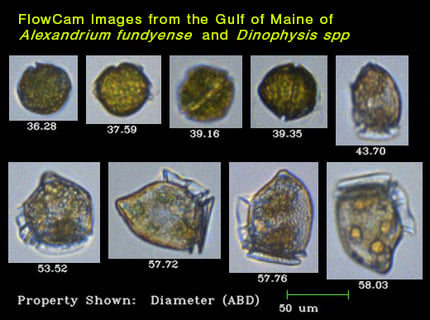 FlowCam is ideally suited for aquaculture research because it can target phytoplankton and shellfish larvae in a single platform.
FlowCam is ideally suited for aquaculture research because it can target phytoplankton and shellfish larvae in a single platform.
Interested in learning more about how FlowCam can support hatcheries and fish farming?
Download our application note:
FlowCam for Shellfish Aquaculture and Research








